OctaneBench is the currently most popular GPU Rendering Benchmark. It scales beautifully across multiple GPUs and has a series of rendering tests built-in.
The OctaneBench Benchmark Rendering Results are assigned linearly scaling OctaneBench Points.
It is the popular GPU pendant to the well-known CPU Benchmark Cinebench R23, for which you can check the Results here.
Both benchmarks are crucial in finding the best Hardware for GPU Rendering, and ultimately the best Computer for Rendering.
So let’s take a look at the current OctaneBench Benchmark Results and keep an eye on the performance/dollar column:
Octanebench V2020.1 Benchmark Results
| GPU Name | VRAM (GB) | OctaneBench Score | Price $ | Performance/Dollar |
|---|---|---|---|---|
| 8x RTX 2080 Ti | 11 | 2733 | 9592 | |
| 2x RTX 4090 | 24 | 2587 | 3198 | |
| 4x RTX 3080 | 10 | 2203 | 2796 | |
| 4x RTX 2080 Ti | 11 | 1433 | 4796 | |
| 1x RTX 4090 | 24 | 1272 | 1599 | |
| 4x RTX 2080 Super | 8 | 1100 | 2880 | |
| 4x RTX 2070 Super | 8 | 1057 | 2200 | |
| 4x RTX 2080 | 8 | 1017 | 3196 | |
| 4x RTX 2060 Super | 8 | 961 | 1260 | |
| 1x RTX 4080 | 16 | 952 | 1199 | |
| 4x GTX 1080 Ti | 11 | 837 | 2800 | |
| 1x RTX 4070 Ti | 12 | 710 | 799 | |
| 1x RTX 4070 SUPER | 12 | 704 | 599 | |
| 2x RTX 2080 Ti | 11 | 693 | 2398 | |
| 1x RTX 3090 Ti | 24 | 692 | 1999 | |
| 1x RTX 3090 | 24 | 661 | 1499 | |
| 1x RTX 3080 Ti | 12 | 648 | 1199 | |
| 1x RTX 4070 | 12 | 641 | 549 | |
| 1x RTX A6000 | 48 | 628 | 5000 | |
| 1x RTX A5000 | 24 | 593 | 2250 | |
| 1x RTX 3080 | 10 | 559 | 699 | |
| 2x RTX 2080 Super | 8 | 541 | 1440 | |
| 2x RTX 2070 Super | 8 | 514 | 1100 | |
| 2x RTX 2060 Super | 8 | 485 | 840 | |
| 2x RTX 2070 | 8 | 482 | 1000 | |
| 1x RTX 3070 Ti | 8 | 454 | 599 | |
| 1x RTX 4060 Ti | 8 | 410 | 399 | |
| 1x RTX 3070 | 8 | 403 | 499 | |
| 2x GTX 1080 Ti | 11 | 382 | 1400 | |
| 1x Quadro RTX 6000 | 24 | 380 | 4400 | |
| 1x RTX 3060 Ti | 8 | 376 | 399 | |
| 1x Quadro RTX 8000 | 48 | 365 | 5670 | |
| 1x RTX Titan | 24 | 361 | 2499 | |
| 1x RTX 2080 Ti | 11 | 355 | 1199 | |
| 1x Titan V | 12 | 332 | 3000 | |
| 1x RTX 3060 | 12 | 289 | 329 | |
| 1x RTX 2080 Super | 8 | 285 | 720 | |
| 1x RTX 2080 | 8 | 261 | 620 | |
| 1x RTX 2070 Super | 8 | 259 | 550 | |
| 1x RTX 2060 Super | 8 | 240 | 420 | |
| 1x Quadro RTX 4000 | 8 | 232 | 950 | |
| 1x RTX 2070 | 8 | 228 | 500 | |
| 1x Quadro RTX 5000 | 16 | 222 | 2100 | |
| 1x GTX 1080 Ti | 11 | 195 | 700 | |
| 1x RTX 2060 (6GB) | 6 | 188 | 360 | |
| 1x RTX 3050 | 4 | 179 | 249 | |
| 1x GTX 980 Ti | 6 | 142 | 300 | |
| 1x GTX 1660 Super | 6 | 134 | 230 | |
| 1x GTX 1660 Ti | 6 | 130 | 280 | |
| 1x GTX 1660 | 6 | 113 | 230 | |
| 1x GTX 980 | 4 | 94 | 200 | |
| 1x RTX 6000 Ada | 48 | 1094 | 6800 | |
| 1x RTX 5000 Ada | 32 | 816 | 4000 | |
| GPU Name | VRAM (GB) | Octanebench Score | Price $ | Performance/Dollar |
Octanebench V4.00 Benchmark Results
| GPU Name | VRAM (GB) | OctaneBench Score | Price $ | Performance/Dollar |
|---|---|---|---|---|
| 8x RTX 2080 Ti | 11 | 2441 | 9592 | |
| 8x GTX 1080 Ti | 11 | 1673 | 5600 | |
| 8x RTX 2070 | 8 | 1623 | 4000 | |
| 4x RTX 2080 Ti | 11 | 1176 | 4796 | |
| 4x RTX 2080 | 8 | 874 | 3196 | |
| 4x GTX 1080 Ti | 11 | 853 | 2800 | |
| 4x RTX 2070 | 8 | 803 | 2000 | |
| 2x RTX 2080 Ti | 11 | 588 | 2398 | |
| 2x RTX 2080 | 8 | 441 | 1598 | |
| 2x GTX 1080 Ti | 11 | 429 | 1400 | |
| 2x RTX 2070 | 8 | 409 | 1000 | |
| Titan V | 12 | 396 | 3000 | |
| 2x RTX 2060 | 6 | 392 | 720 | |
| Quadro GV100 | 32 | 359 | 9800 | |
| RTX Titan | 24 | 326 | 2700 | |
| RTX 2080 Ti | 11 | 304 | 1199 | |
| Quadro GP100 | 16 | 284 | 7000 | |
| Titan Xp | 12 | 250 | 1300 | |
| RTX 2080 Super | 8 | 233 | 720 | |
| RTX 2080 | 8 | 226 | 620 | |
| GTX 1080 Ti | 11 | 222 | 700 | |
| RTX 2070 Super | 8 | 220 | 550 | |
| RTX 2070 | 8 | 210 | 500 | |
| RTX 2060 Super | 8 | 203 | 420 | |
| RTX 2060 (6GB) | 6 | 170 | 360 | |
| Titan X | 12 | 160 | 1200 | |
| GTX 980 Ti | 6 | 156 | 300 | |
| GTX 1070 Ti | 8 | 153 | 450 | |
| Quadro M6000 | 24 | 152 | 3849 | |
| GTX 1080 | 8 | 148 | 550 | |
| Quadro P5000 | 16 | 145 | 1600 | |
| GTX 1070 | 8 | 133 | 400 | |
| GTX 1660 Ti | 6 | 132 | 280 | |
| GTX 780 Ti | 3 | 117 | 150 | |
| GTX 1660 | 6 | 117 | 230 | |
| Quadro P4000 | 8 | 115 | 750 | |
| GTX 980 | 4 | 112 | 200 | |
| GTX Titan Black | 6 | 108 | 480 | |
| GTX 970 | 4 | 95 | 170 | |
| GTX 1060 (6GB) | 6 | 88 | 300 | |
| GTX 1060 (3GB) | 3 | 87 | 200 | |
| GTX 1650 | 4 | 78 | 150 | |
| GTX 1050 Ti | 4 | 54 | 160 | |
| GTX 1050 | 2 | 45 | 125 | |
| Quadro RTX 8000 | 48 | 316 | 5670 | |
| Quadro RTX 6000 | 24 | 304 | 4400 | |
| Quadro RTX 4000 | 8 | 188 | 950 | |
| Quadro RTX 5000 | 16 | 186 | 2100 | |
| Titan RTX | 24 | 322 | 2800 | |
| GPU Name | VRAM (GB) | Octanebench Score | Price $ | Performance/Dollar |
Some interesting Octanebench Scores findings
Let’s take a look at some of those Octanebench Scores:
What becomes obvious right away, is that the performance and price don’t really seem to correlate all that much.
If you look at some of the top Results, the GPUs: Titan V, RTX 2080Ti, Quadro GV100, and RTX Titan, they all have more or less the same Octanebench Score, but the Price difference is HUGE.
Why is this so?
The main reason is, that the different Graphics Cards are meant for different use cases. An RTX 2080Ti is clearly meant more for Gaming than a Titan V or Tesla P100, and Gaming Cards, for our benefit, just happen to be great for Octane Rendering and score well in the Octane Benchmark.
Also, The Titan V and Quadro Cards have more VRAM, optimized Drivers, 10bit Displaying, and lots more.
These Features though do not improve the Octanebench Benchmark Results. The Scenes are fairly small, and the VRAM is not an important aspect in the Benchmark.
Another extremely important thing to note is the GTX 1070 Ti and the GTX 1080 scoring 153 vs. 148 Octane Benchmark Octanebench Points. And this even though the GTX 1080 is 100$ more expensive.
It almost seems as though NVIDIA has not differentiated enough between those two cards.
The new RTX Cards are still somewhat too expensive for the small performance increase they offer.
A 1080Ti you can get for 700$ and it has 11GB of VRAM compared to a similar scoring RTX 2080 with only 8GB of VRAM.
What is Octane Render
Octane is a currently extremely popular GPU Render Engine that is supported by most modern and popular 3D Softwares such as Cinema 4D, 3ds Max, Maya, Revit, Blender, Houdini, Modo and more are being added.
What is Octanebench
Octanebench is the GPU Render Benchmark based off of Octane Render.
It renders several pre-packed scenes on your hardware and assigns OctaneBench Points depending on your overall Rendering Performance.
100 Octanebench Points are equivalent to the speed of an Nvidia GTX 980.
Octanebench Points scale linearly. This means an Nvidia TitanXp with 200 Octanebench Points will render a given Scene twice as fast as an Nvidia GTX 980.
Octane Render supports CUDA GPUs only and no OpenCL meaning it supports NVIDIA GPUs only.
In Octanebench you can select if Octanebench should run the Benchmark on all of your built-in Graphics Cards or only on one or on a number of selected GPUs.
This is great for analyzing your Multi-GPU scaling which should be near 100% effective in Octane Render.
Download Octane Benchmark Octanebench
You can download OctaneBench for Windows, Mac OSX and Linux here.
Other Popular Benchmarks
For testing your GPU Rendering Performance, Octanebench is certainly one of the most popular Benchmarks out there. Another popular GPU Render Engine is Redshift and Vray-RT.
For benching your CPU, you will definitely want to go get Cinebench R23 (Up-to-date Scores here).
It is the most popular CPU Rendering Benchmark. It can bench your CPU on Multiple Cores or Single Cores.
This is great for finding CPUs that are snappy for actively working on the computer as well as finding the best CPUs for Rendering.
What GPU to get for Octane
Now, there are certainly lots of extremely fast GPUs that can get you a very high Octanebench Score. These GPUs though usually come at a huge performance premium, price-wise.
If you would like to find the best GPU for the money, I wrote an in-depth article on finding the best budget hardware for GPU Rendering here.
To summarize that article, the NVIDIA RTX 2070 Super with 8GB of VRAM has the lead in most GPU Render benchmarks when you are looking at best performance per dollar.
What Graphics Card do you want to buy?
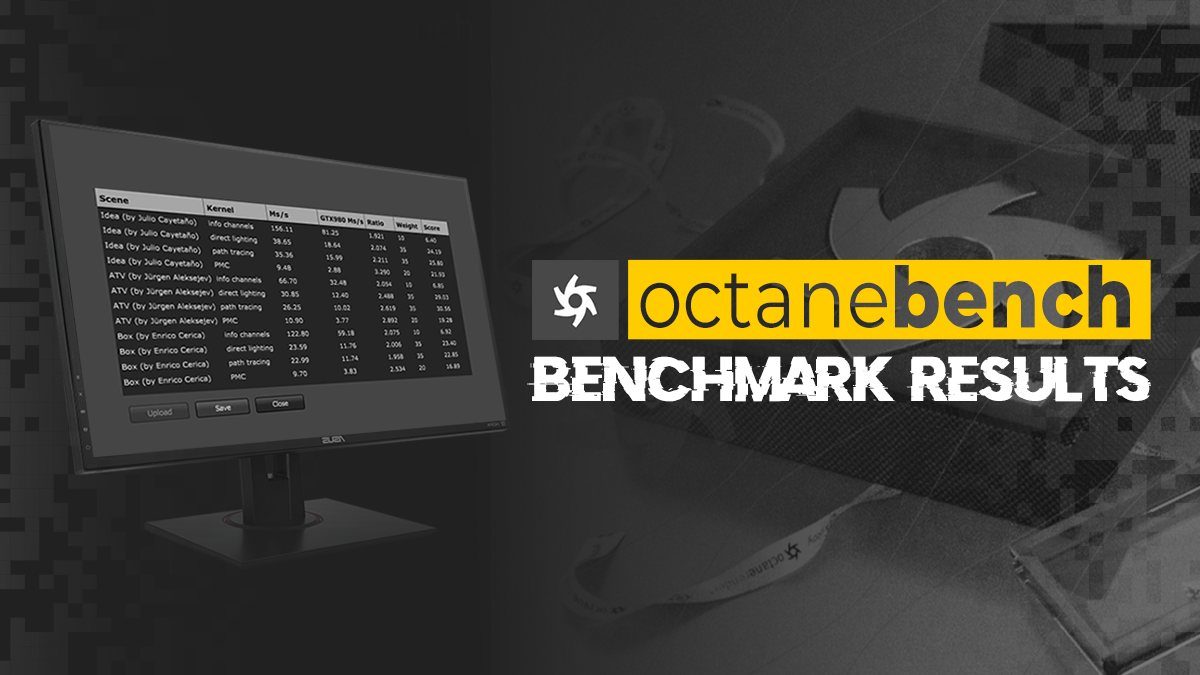
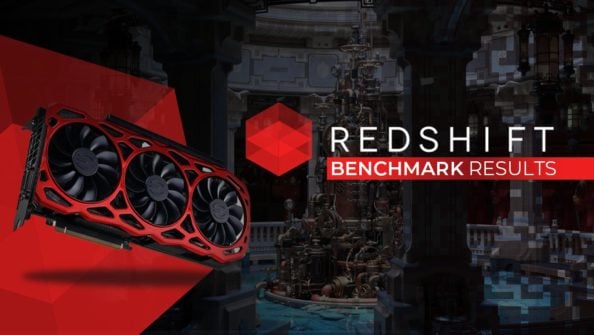
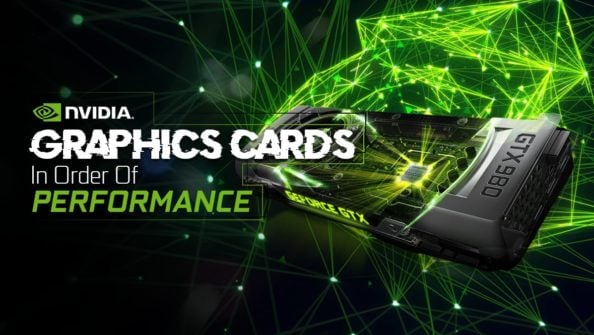
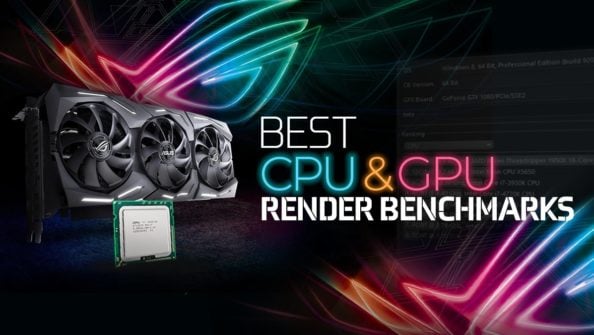
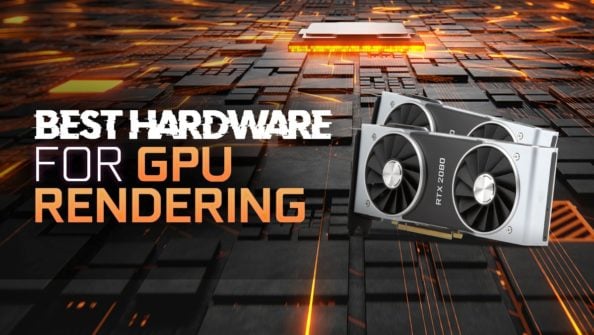

76 Comments
17 June, 2021
Im just curious about some of these prices, an RTX 3080 for 700? Id love to know where to buy those at that price 🙂
17 June, 2021
Hey Mont,
These are MSRP Prices. GPUs are heavily price inflated currently, but at normal market rates, that’s the price Nvidia suggests a 3080 should be sold for.
If we’d use actual prices with the current stock situation, the table would fluctuate strongly every day / week.
Hope this helps.
Cheers,
Alex
17 June, 2021
Hey Alex,
Yeah i can understand that, i thought for a moment that there was some magical site where all these cards had dropped 80%.
But nay.
Thanks Anyways
17 June, 2021
I’d love to have such a magical site!! 😀
25 December, 2020
What do you mean new RTX cards have small performance increase for the price? 3080 is almost 4×1080 for 800-900$ and also has rtx technology and more vram
25 December, 2020
Hey Laki,
You are absolutely right. I’ll be updating this article soon, there have been a lot of changes with the RTX 3xxx Series.
Cheers,
Alex
20 October, 2020
Just an FYI the listing for the 980 Ti for Octane 2020 looks wrong at 256. Otoy has the GTX 980 Ti listed at 142 for the 2020 benchmark. I think what you have listed is more like the 2x 980 Ti number. I just almost bought 2 used cards based on this before double checking it was too good to be true! 😉
20 October, 2020
Hey MD2020,
Sorry about that, and thanks for the heads-up – fixed! 🙂
Cheers,
Alex
16 September, 2020
Hey Alex, great article.
I would love if you could point me to an article that compares the performance of different processors with the same GPU. Is it such a marginal difference that no one cares to make this review? LOL
16 September, 2020
Great Article Idea, will get on something like that! Actually, there is a difference.
High clocking cpus generally perform better in gpu rendering, mostly because there are some processes involved in rendering a scene that are handled by the cpu, namely mesh / texture processing, getting the scene ready to send to the gpu’s vram.
Stuff like that can be marginally sped up on a CPU with high clocks.
The thing is, the longer your bucket rendering phase, the less important this preparation phase gets. If you are rendering lots of short images (like <3min per img) then a high clocking cpu might make somewhat of a difference, if you are rendering a long time per img, then this preparation time (which is more or less the same amount of time per frame, no matter how long it renders in bucket phase) is not as important.
In the end it is usually more important to keep an eye out for pcie lanes per gpu, and HEDT CPU'sthat tend to clock lower just support more of those.
Cheers,
Alex
16 September, 2020
Thanks man. This was clarifying. Looking forward for your tests on this issue. I’m always questioning myself how to better balance CPU and GPU powers (considering how much to spend on each) for a Lookdever’s workflow.
23 August, 2020
hey alex,
wanted to ask, just how good is a gtx 1060 or gtx980m with octane (on a laptop) is there a drop in final image quality or just a way more increased render time. i’m on a very tight budget and i need to get a temporary pc for work so i’m looking into that
26 August, 2020
Hey Phil,
The Quality is the same, you’ll just see much longer render times than with higher tier gpus.
Cheers,
Alex